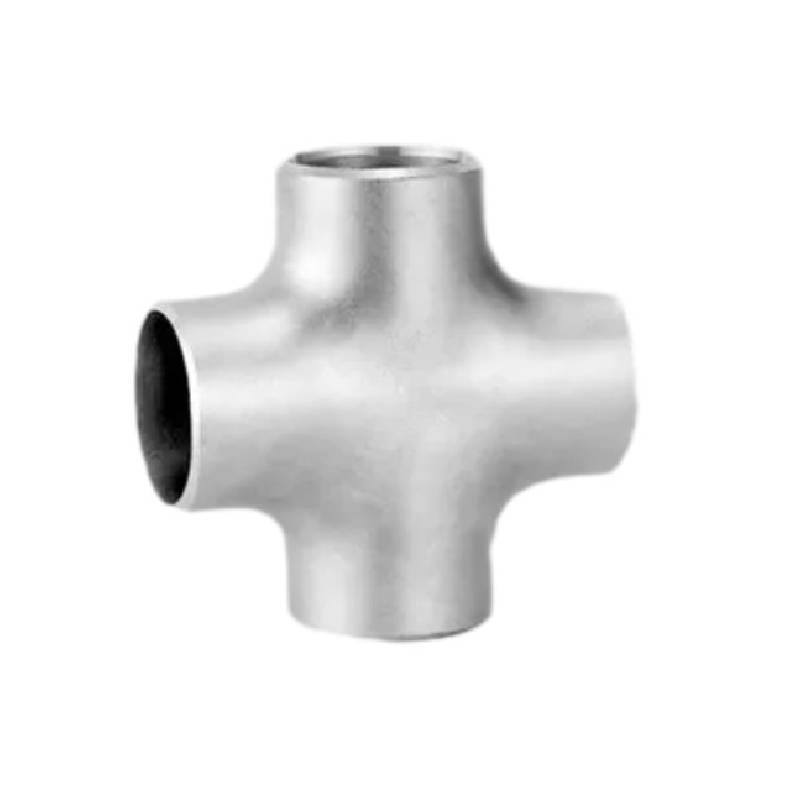-
Cangzhou Yulong Steel Co., Ltd.
-
Phone:
+86 13303177267 -
Email:
admin@ylsteelfittings.com
- English
- Arabic
- Italian
- Spanish
- Portuguese
- German
- kazakh
- Persian
- Greek
- French
- Russian
- Polish
- Thai
- Indonesian
- Vietnamese
- Zulu
- Korean
- Uzbek
- Hindi
- Serbian
- Malay
- Ukrainian
- Gujarati
- Haitian Creole
- hausa
- hawaiian
- Hebrew
- Miao
- Hungarian
- Icelandic
- igbo
- irish
- Japanese
- Javanese
- Kannada
- Khmer
- Rwandese
- Afrikaans
- Albanian
- Amharic
- Armenian
- Azerbaijani
- Basque
- Belarusian
- Bengali
- Bosnian
- Bulgarian
- Catalan
- Cebuano
- China
- China (Taiwan)
- Corsican
- Croatian
- Czech
- Danish
- Esperanto
- Estonian
- Finnish
- Frisian
- Galician
- Georgian
- Kurdish
- Kyrgyz
- Lao
- Latin
- Latvian
- Lithuanian
- Luxembourgish
- Macedonian
- Malgashi
- Malayalam
- Maltese
- Maori
- Marathi
- Mongolian
- Myanmar
- Nepali
- Norwegian
- Norwegian
- Occitan
- Pashto
- Dutch
- Punjabi
- Romanian
- Samoan
- Scottish Gaelic
- Sesotho
- Shona
- Sindhi
- Sinhala
- Slovak
- Slovenian
- Somali
- Sundanese
- Swahili
- Swedish
- Tagalog
- Tajik
- Tamil
- Tatar
- Telugu
- Turkish
- Turkmen
- Urdu
- Uighur
- Welsh
- Bantu
- Yiddish
- Yoruba

Oct . 06, 2024 06:18 Back to list
flange price
Understanding Flange Prices Factors and Trends
Flanges are crucial components in various industries, particularly in piping systems. They are used to connect pipes, valves, pumps, and other equipment, ensuring a secure and tight connection. Due to their importance in both mechanical and structural applications, the price of flanges can vary widely based on several factors. Understanding these factors is essential for businesses and consumers involved in purchasing these components.
One of the primary factors affecting flange prices is the material from which they are made. Flanges can be fabricated from a variety of materials, including carbon steel, stainless steel, alloy steel, and even plastic. Stainless steel flanges, for instance, tend to be more expensive due to their resistance to corrosion and higher durability. In contrast, carbon steel flanges might be less costly but may not offer the same level of protection against environmental factors, particularly in harsh conditions.
The manufacturing process also plays a significant role in determining the price of flanges. Different production methods, such as forging, casting, or machining, can result in varying costs. Forged flanges are often more expensive than cast ones due to their enhanced strength and integrity. Additionally, custom-made flanges, which are tailored to specific requirements or standards, can significantly increase the overall cost, as they require more time and resources to produce.
Another major factor influencing flange prices is market demand and supply dynamics. Fluctuations in demand for industrial equipment and infrastructure projects can lead to variations in flange prices. For example, during periods of economic growth, when construction projects are abundant, the demand for flanges can surge, driving prices higher. Conversely, during economic downturns, demand may fall, leading to price reductions.
flange price

Geopolitical factors, such as tariffs, trade agreements, and international relations, can also impact flange prices. For instance, changes in trade policies can affect the cost of raw materials and transportation, subsequently reflecting on flange pricing. Additionally, fluctuations in currency exchange rates can impact the price competitiveness of flanges produced in different countries.
Moreover, the specifications and standards governing flanges play a crucial role in pricing. Flanges designed to meet specific industry standards, such as ANSI, ASME, or API, may carry premium pricing due to the rigorous testing and quality assurance processes involved. Buyers must consider these specifications when evaluating prices to ensure they are getting suitable products for their applications.
In recent years, with an increased focus on sustainability, eco-friendly materials are gaining attention in the flange market. This trend may lead to higher costs, as innovative materials and processes can be more expensive to develop and manufacture.
In conclusion, the price of flanges is influenced by a multitude of factors, including material type, manufacturing processes, market demand, geopolitical conditions, and industry standards. For buyers, being informed about these aspects can aid in making more economical purchasing decisions, ensuring that they acquire the right product at a fair price. Understanding these dynamics not only benefits consumers but also helps manufacturers and suppliers strategize within this competitive market. As industries evolve and new trends emerge, staying updated on flange pricing is crucial for all stakeholders involved.
Latest news
-
ANSI 150P SS304 SO FLANGE
NewsFeb.14,2025
-
ASTM A333GR6 STEEL PIPE
NewsJan.20,2025
-
ANSI B16.5 WELDING NECK FLANGE
NewsJan.15,2026
-
ANSI B16.5 SLIP-ON FLANGE
NewsApr.19,2024
-
SABS 1123 FLANGE
NewsJan.15,2025
-
DIN86044 PLATE FLANGE
NewsApr.19,2024
-
DIN2527 BLIND FLANGE
NewsApr.12,2024
-
JIS B2311 Butt-Welding Fittings LR/SR 45°/90° /180°Seamless/Weld
NewsApr.23,2024











